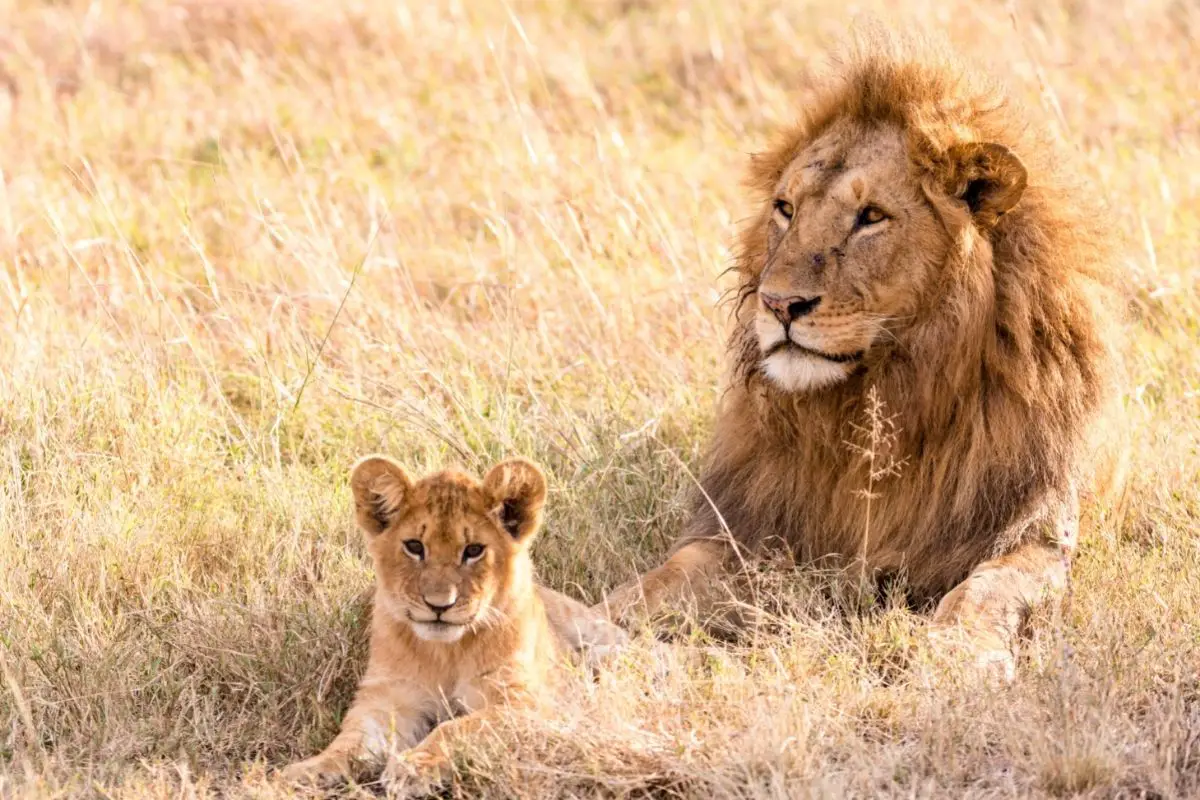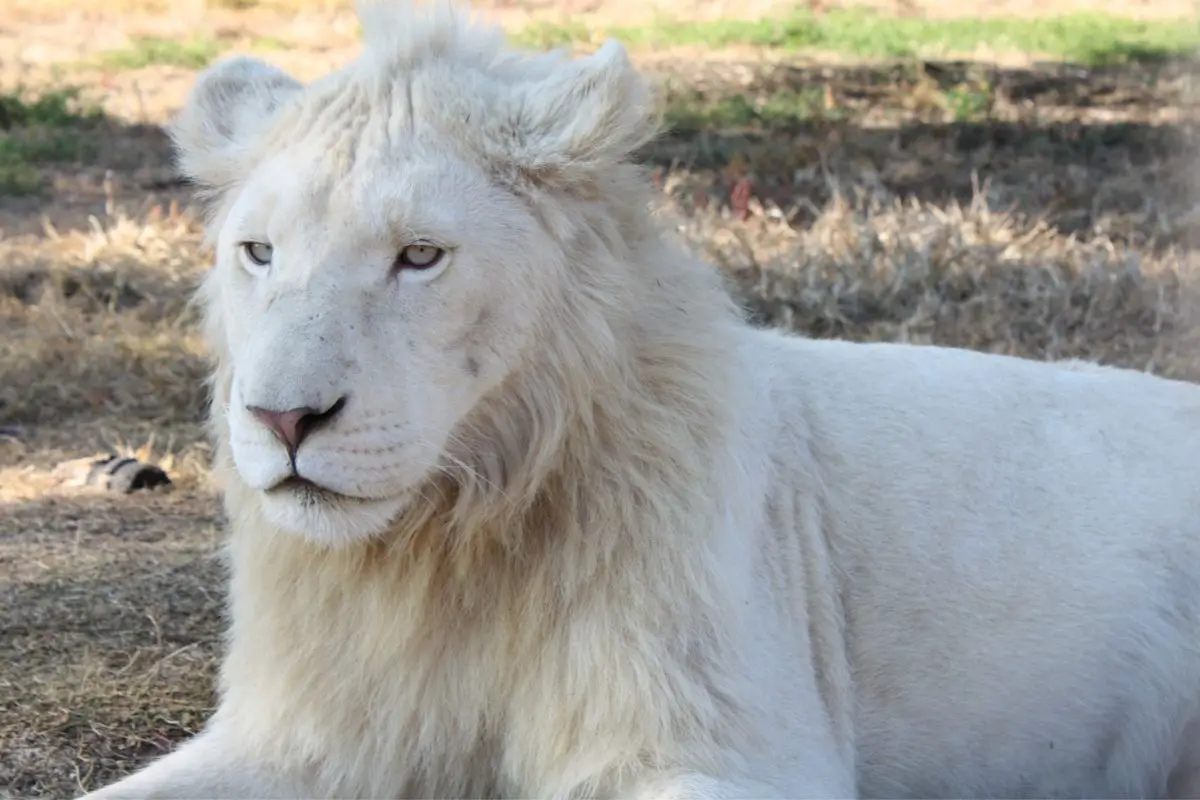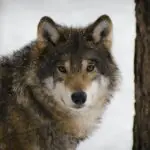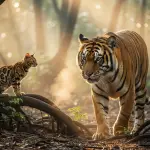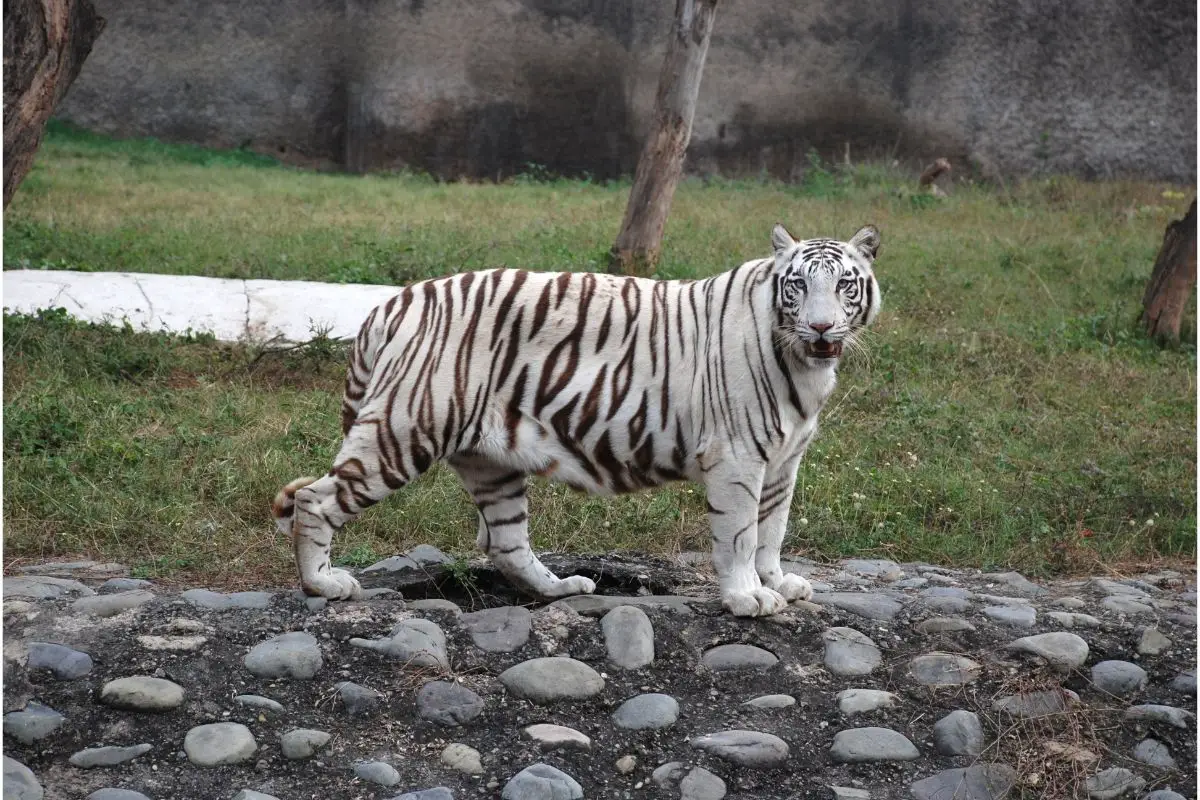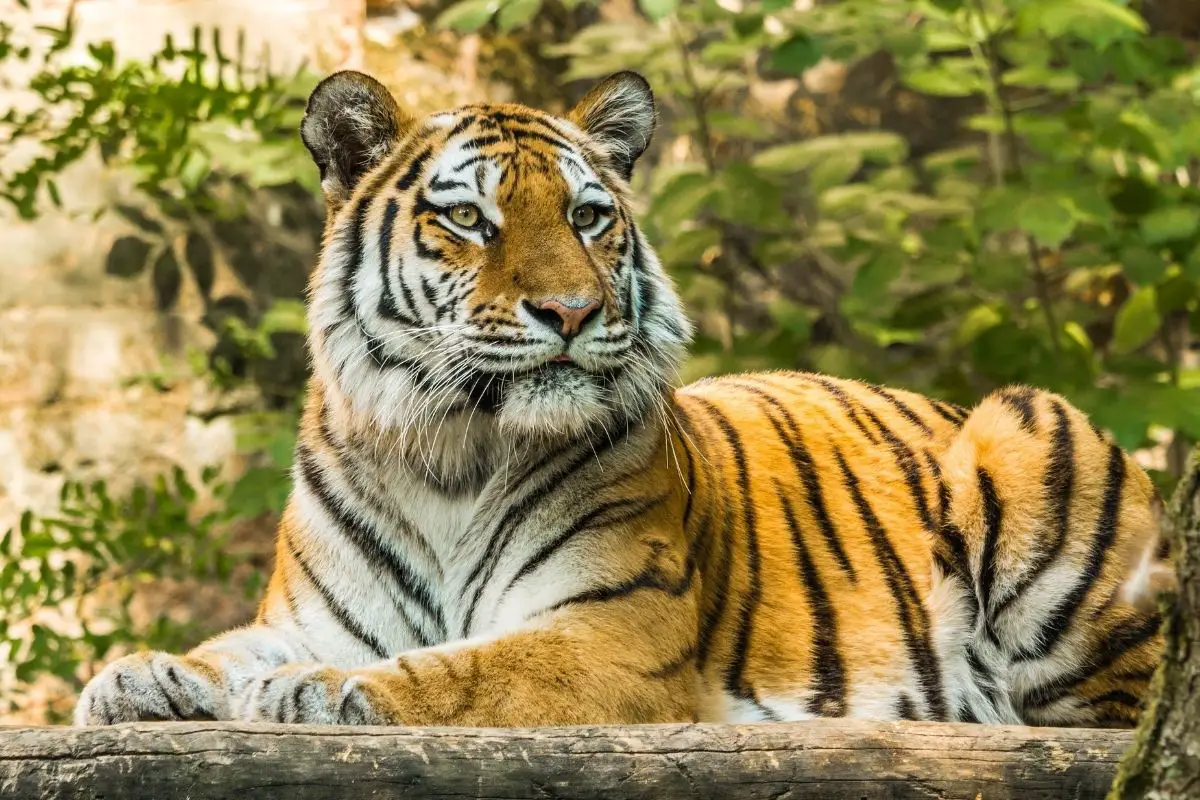When you think of wolves, what color comes to mind? Most people picture the classic gray wolf, but these magnificent predators actually showcase a breathtaking spectrum of wolf fur colors that would make any artist envious. From the pristine white of Arctic hunters to the mysterious black of forest dwellers, wolf coat variations tell fascinating stories of evolution, genetics, and survival.
Recent genetic research has revolutionized our understanding of how wolves develop their stunning coat colors. A groundbreaking 2023 study revealed that the K locus gene, responsible for black coloration, actually originated from ancient hybridization with domestic dogs over 15,000 years ago. This discovery has opened new doors in understanding the complex world of wolf genetics and coloration patterns.
The Science Behind Wolf Fur Colors
Understanding wolf fur colors requires diving into the fascinating world of canine genetics. Unlike simple inheritance patterns you might remember from biology class, wolf coat colors follow complex polygenic patterns involving at least eight different genetic loci working together to create the final result.
The primary genetic players include:
- K locus (CBD103 gene): Controls black pigment production and is the dominant factor in melanistic (black) wolves
- Agouti gene: Determines banding patterns and controls the distribution of light and dark pigments
- Extension gene: Influences overall pigment intensity
- Dilution genes: Can lighten base colors, creating variations like silver-gray
What makes wolf genetics particularly interesting is how environmental factors also influence final coloration. Seasonal changes, age, and even diet can affect the intensity and hue of a wolf’s coat, making each individual unique.
The Complete Spectrum of Wolf Coat Colors
Gray Wolves: The Classic Standard
Gray wolves represent 50-60% of all wolf populations and showcase the most diverse range within a single color category. Their coats aren’t simply “gray” but rather complex tapestries of mixed hairs creating stunning visual effects.
The gray wolf’s fur typically consists of:
- Guard hairs with dark tips and lighter bases
- Undercoat ranging from cream to deep charcoal
- Seasonal variations that can shift 2-3 shades lighter or darker
This coloration provides excellent camouflage across diverse habitats, from the forests of North America to the steppes of Asia. The versatility of gray wolf fur colors explains why this variation has remained so prevalent throughout wolf evolution.
White Wolves: Arctic Perfection
White wolves, primarily found in Arctic regions, represent nature’s perfect adaptation to snowy environments. These stunning animals make up 5-10% of global wolf populations but can represent up to 80% of wolves in certain Arctic territories.
Arctic wolves develop their white coats through:
- Reduced melanin production in response to extreme cold
- Thick, dense fur that appears pure white but often has subtle cream undertones
- Seasonal variations that may show slight yellowing in summer months
Interestingly, white wolves found in temperate regions are often indicators of genetic diversity or historical hybridization events, making them valuable for conservation genetics research.
Black Wolves: The Mysterious Melanistics
Black wolves capture imaginations like no other color variant, and for good reason. Making up 10-15% of wolf populations overall, they can represent up to 50% of wolves in certain forested regions, particularly in the Pacific Northwest and parts of Canada.
The genetics behind black wolves reveal a fascinating evolutionary story. Research published in Current Biology shows that the K locus gene responsible for black coloration actually provides wolves with enhanced immune system benefits, potentially explaining why black wolves show higher survival rates in some environments.
Black wolf populations show interesting regional patterns:
- Yellowstone National Park: 25% black wolves
- Alaska: 15% black wolves
- Great Lakes region: Up to 40% in dense forest areas
Brown and Tawny Wolves: Earth Tones
Brown and tawny wolves, comprising 25-30% of populations, showcase some of the most beautiful earth-tone colorations in the animal kingdom. These wolf fur colors range from light tan resembling desert sand to deep russet matching autumn forests.
Brown wolves often display complex color patterns including:
- Agouti banding creating depth and texture
- Darker dorsal stripes running along the spine
- Lighter ventral coloring for countershading
- Distinctive facial markings unique to individuals
The Ethiopian wolf, though technically a separate species, showcases how brown and reddish colorations provide perfect camouflage in rocky, mountainous terrain.
Regional Variations in Wolf Fur Colors
Geography plays a crucial role in determining local wolf color distributions. Different regions show distinct patterns that reflect both environmental pressures and historical population genetics.
North American Patterns
North American wolves display the greatest diversity in wolf fur colors, partly due to the continent’s varied habitats and the historical presence of multiple subspecies.
- Alaska: 55% gray, 20% brown, 15% black, 10% white/light variants
- Western United States: Higher percentages of black wolves in forested areas
- Great Plains historically: Lighter colors predominated before population crashes
European Wolf Colors
European wolves show less color diversity than their North American cousins, with populations showing 70% gray, 20% brown, 8% black, and 2% other variations. This reduced diversity likely reflects historical population bottlenecks and more uniform habitat types.
Seasonal Changes and Age-Related Color Shifts
One of the most fascinating aspects of wolf fur colors is their dynamic nature. Unlike static coat colors seen in many animals, wolves undergo significant seasonal and age-related changes throughout their lives.
Seasonal Transformations
Approximately 40% of wolves show noticeable seasonal coat changes:
- Winter coats: Typically 2-3 shades darker and much denser
- Summer coats: Lighter, shorter, often with bleached tips from sun exposure
- Molting periods: May show patchy coloration during spring and fall transitions
Age-Related Changes
Wolf fur colors evolve throughout an individual’s lifetime:
- Puppies: Often born with darker coats that lighten with age
- Young adults: Develop their characteristic adult coloration by 12-18 months
- Mature wolves: May develop graying around the muzzle and face after 6-8 years
- Elder wolves: Often show extensive graying and may appear almost silver
The Rarest Wolf Colors and Unique Patterns
While standard wolf fur colors are well-documented, some extremely rare variations capture the attention of researchers and wildlife enthusiasts alike.
Ultra-Rare Color Variants
Pure white wolves outside Arctic regions represent less than 1% of temperate wolf populations, making them incredibly rare. Even more unusual are wolves displaying:
- Silver coloration: Dilute genes creating metallic gray appearance
- Cream or buff coloration: Intermediate between white and brown
- Blue-gray variants: Extremely rare dilution creating bluish tints
Distinctive Pattern Variations
Some wolves display unique patterns that set them apart from typical solid colorations. The Iberian wolf, for example, shows distinctive dark stripes on the front legs, while some North American wolves display facial markings reminiscent of other canids like the distinctive coloration patterns we see in big cats.
Conservation Implications of Color Diversity
The diversity of wolf fur colors represents more than just aesthetic beauty—it’s a crucial indicator of genetic health and population stability. Conservation biologists use color distribution data to:
- Monitor genetic diversity within populations
- Track historical population bottlenecks
- Identify potential hybridization events
- Assess the success of reintroduction programs
The Yellowstone Wolf Project has been particularly valuable in demonstrating how wolf reintroduction can restore natural color diversity to ecosystems where it had been lost.
Similar to how researchers study rare color variations in other large predators, wolf color genetics provides insights into broader evolutionary and conservation questions.
What Wolf Colors Mean for the Future
As we’ve explored the magnificent world of wolf fur colors, it’s clear that these variations represent far more than surface beauty. They’re living records of evolutionary history, genetic diversity, and environmental adaptation.
Current research trends suggest we’ll continue discovering new aspects of wolf color genetics. Climate change may influence future color distributions, while ongoing conservation efforts will hopefully preserve the full spectrum of wolf color diversity for future generations.
For wildlife enthusiasts interested in observing different wolf colors in their natural habitats, consider visiting:
- Yellowstone National Park: Best diversity of colors in one location
- Alaska’s Denali National Park: Excellent chance of seeing white and light-colored wolves
- International Wolf Center in Minnesota: Educational programs showcasing color variations
Understanding wolf fur colors connects us to the broader tapestry of wildlife diversity. Just as we marvel at the variety found in lion populations or wonder about the differences between wolves and other predators, appreciating the subtle and dramatic variations in wolf coats deepens our connection to the natural world.
The next time you see a wolf—whether in the wild, in photographs, or in documentaries—take a moment to appreciate not just its power and grace, but the incredible genetic story written in every hair of its magnificent coat. The world of wolf fur colors truly offers fifty shades of natural wonder, each one a masterpiece crafted by millions of years of evolution.
- Bengal Cat vs Wild Bengal Tiger: Complete Comparison 2025 - October 31, 2025
- Complete Wild Cat Spotting Guide for Hikers 2025 - October 31, 2025
- Lynx vs Bobcat: Complete Field Identification Guide 2025 - October 30, 2025

